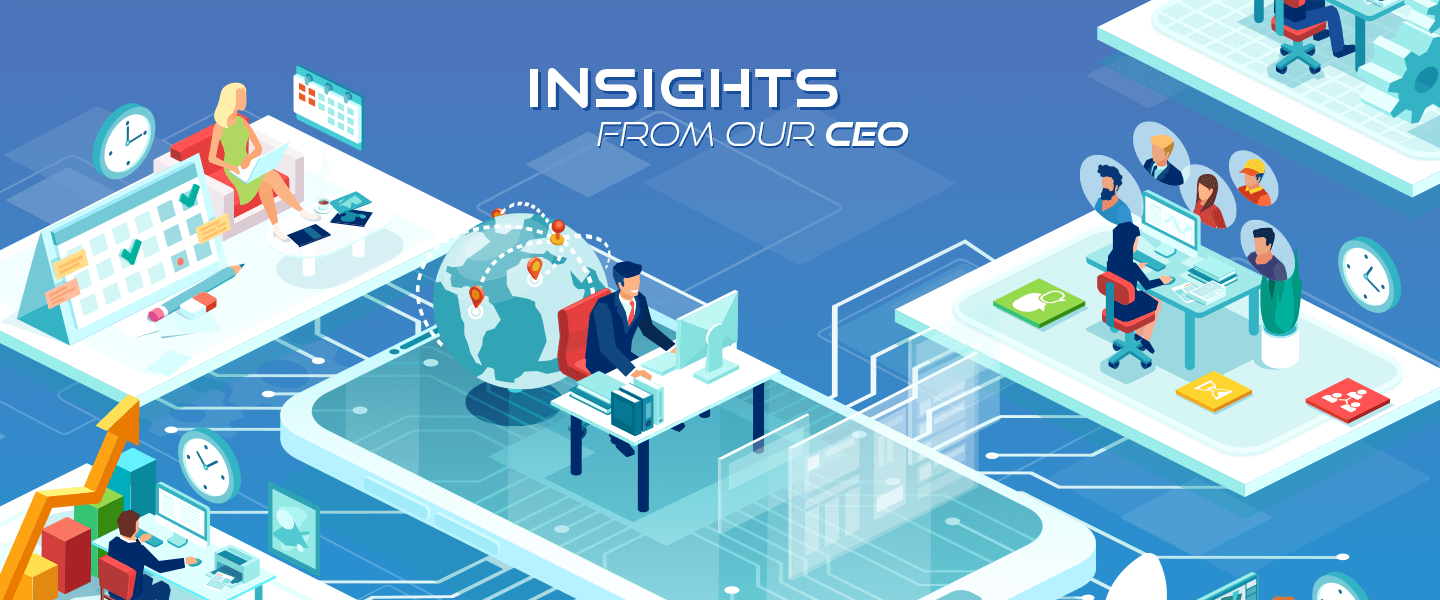This aritcle was originaly published on August 6, 2020 in ToolBox HR. Find the original publication here.
I recently hosted my company’s flagship conference, CEIPAL Connect. It featured 26 industry leaders in four parallel sessions, filled with insight and knowledge sharing. But what made this CEIPAL Connect so different from the others was that it was conducted entirely online.
Virtual events, conferences, and event trade shows are just some of the many changes COVID-19 has brought into businesses. In fact, COVID-19 is changing the way the world thinks about work itself. As a result, workforce management and HR are rapidly transforming.
I’ve watched my own teams and colleagues quickly adapt to the “new normal,” and in my opinion, here are a few changes that are here to stay:
- Remote Work. Experts are now predicting that at least 25-30% of the workforce will work from home multiple days of the week by 2021. COVID-19 has taught us that remote work is a reliable, productive, and – most importantly – safe alternative to office culture. And more and more employers will take advantage of this fact.
- Remote Interviews and Hiring. Hiring hasn’t stopped because of COVID19 – but it has gone remote. That means technologies like virtual employee assessment analytics (dotin.us is an excellent example of this), AI candidate evaluation, and digital onboarding are now essentials in the HR industry.
- Contingent Workers. With experts predicting that the economy may not begin recovering from COVID-19 until 2021, companies are looking to cut their bottom line. And the fastest way to do that is by investing in contingent labor. Already, 32% of organizations are replacing full-time employees with contingent workers. This means the main post-COVID-19 priority for HR will be acquiring, hiring, and managing contingent talent.
There were indications of the above changes even before COVID-19. The gig economy was worth 4.5 trillion in 2018 alone, and remote work has grown 100% in the last decade. But COVID-19 has accelerated these changes, making them permanent aspects of our workforce.
Successful HR professionals will need to prepare for these changes by equipping themselves with the tools and resources they need. These tools will have to accomplish effective hiring and workforce management during the new normal. In my experience, these include:
- Advanced Workforce Analytics. In a time when interviewing someone face-to-face isn’t possible, HR professionals need other ways to evaluate candidates’ behavior and “soft” skills. But today, advanced hiring technologies have ways to provide these insights automatically, and the HR firms that take advantage of this will make better, longer-lasting hires.
- Modern ATS Technology. HR managers who rely on ATS platforms from 20+ years ago will struggle to keep up in the post-COVID-19 landscape. Modern platforms that offer holistic hiring solutions – such as SMS and VOIP integrations, CRM capabilities, behavioral analytics, candidate evaluation, and more – give hiring managers a way to stay ahead of the competition while acquiring top-tier talent faster.
- Employee Well-being Indexes. If COVID-19 has taught us anything, it’s that the safety and well-being of our employees is the #1 priority. Anxiety, isolation, and stress are on the rise due to COVID-19, costing U.S. businesses upwards of $300 billion annually. That means integrating your workforce management software with wellness apps, mental assessment platforms, and other health apps will become increasingly critical for employers and employees alike.
Unsurprisingly, each of these three tools has to do with technology. Why? Because technology will play a central role in the “new normal.” HR professionals who invest in technology will find themselves well prepared to take on the post-COVID-19 business model. Those who do not may not be so lucky.
In short, the COVID-19 crisis has brought about a massive opportunity for technology service firms. Before COVID-19, more than 50% of digital transformation efforts were directly sponsored by CEOS / CXOs; after COVID-19, that number will increase to 70%. Enterprise automation, cloud security, automatic talent acquisition integrated communication platforms, and complete talent management systems will become synonymous with “HR,” as the world adjusts to the post-COVID-19 landscape.
It’s an uncertain but exciting time to work in HR. As the dust from COVID-19 settles, we have a lot to look forward to: new technologies, new ways of engaging and acquiring talent, and more online conferences that talk about all of the above.











